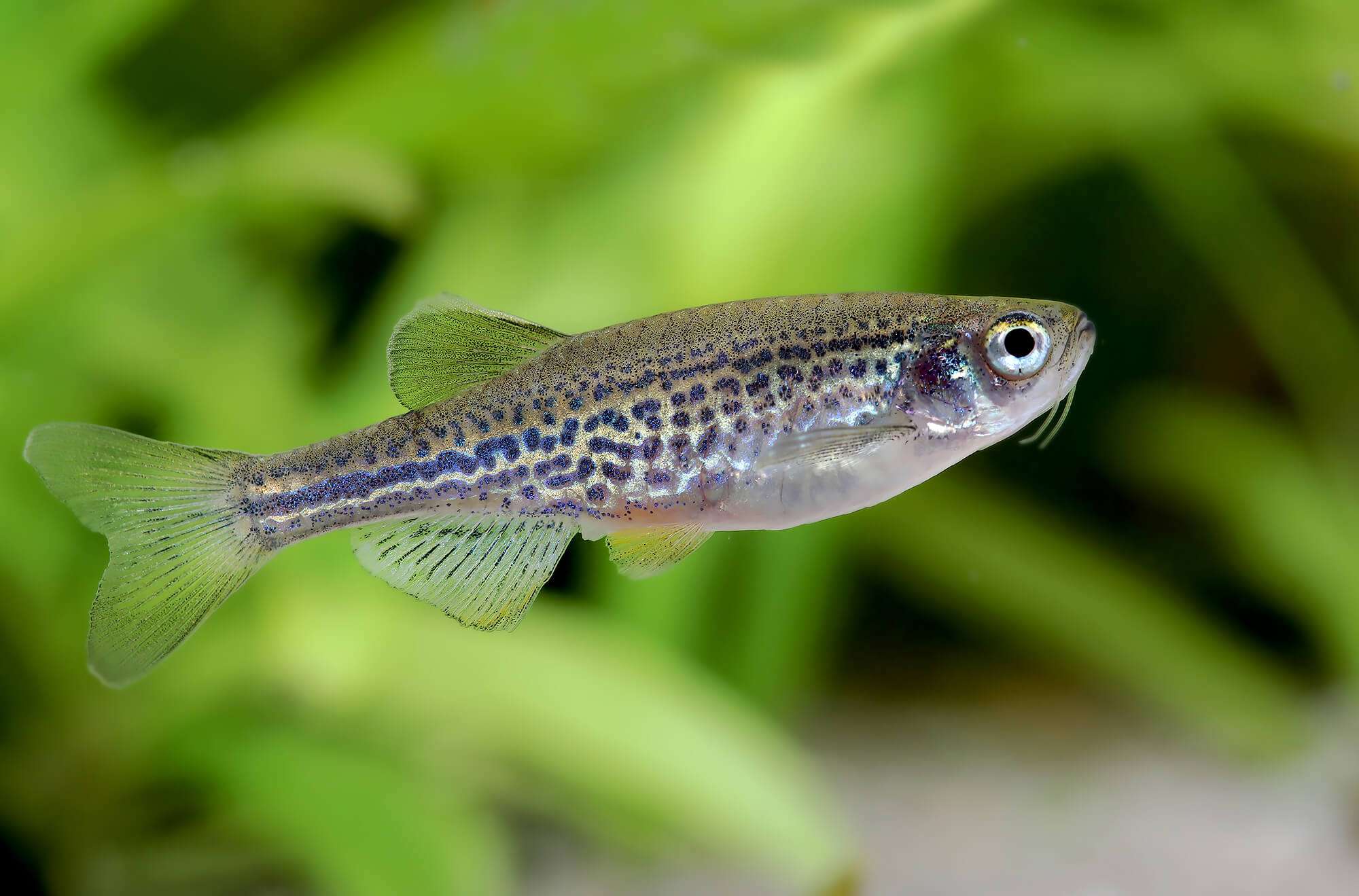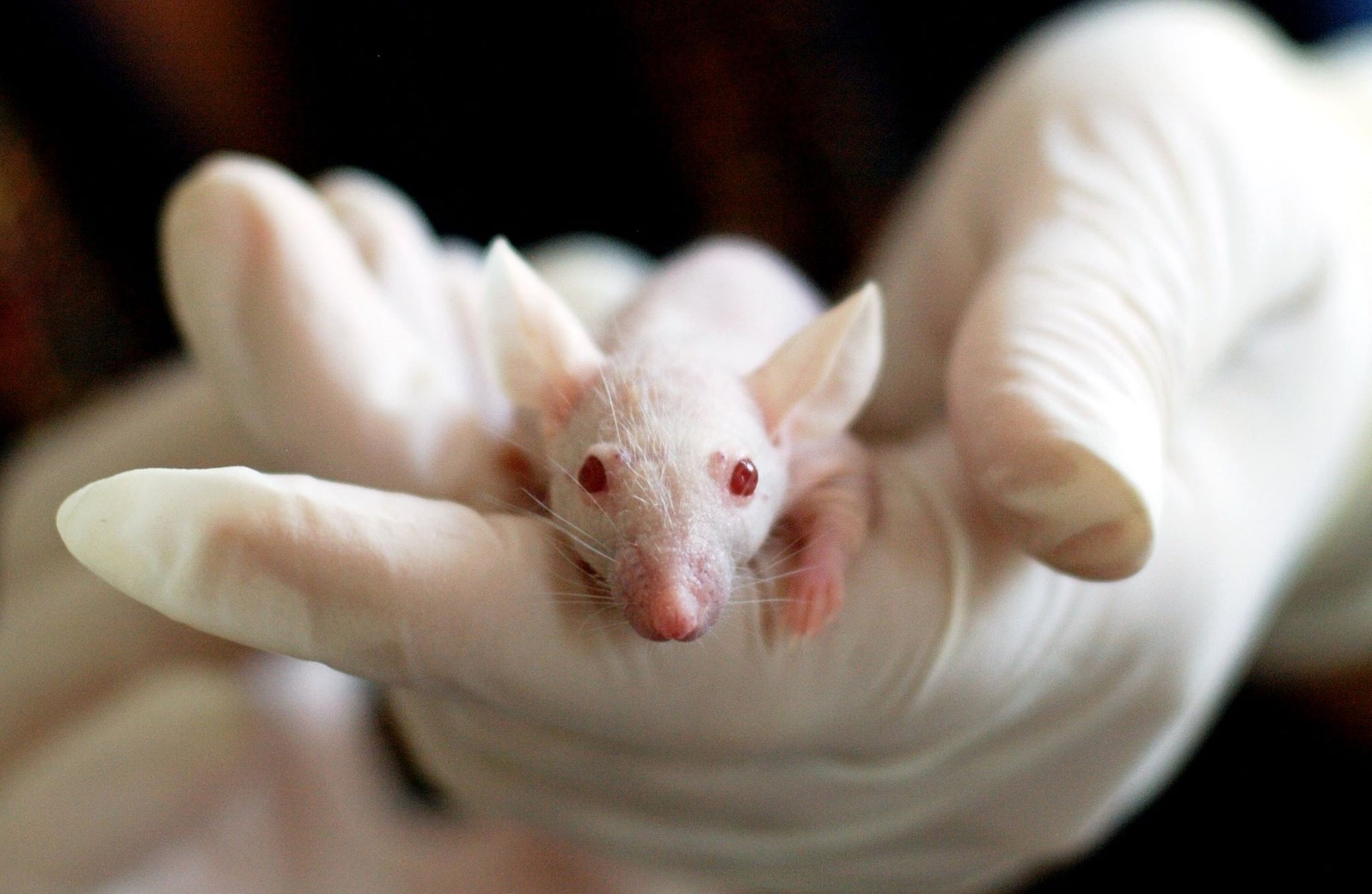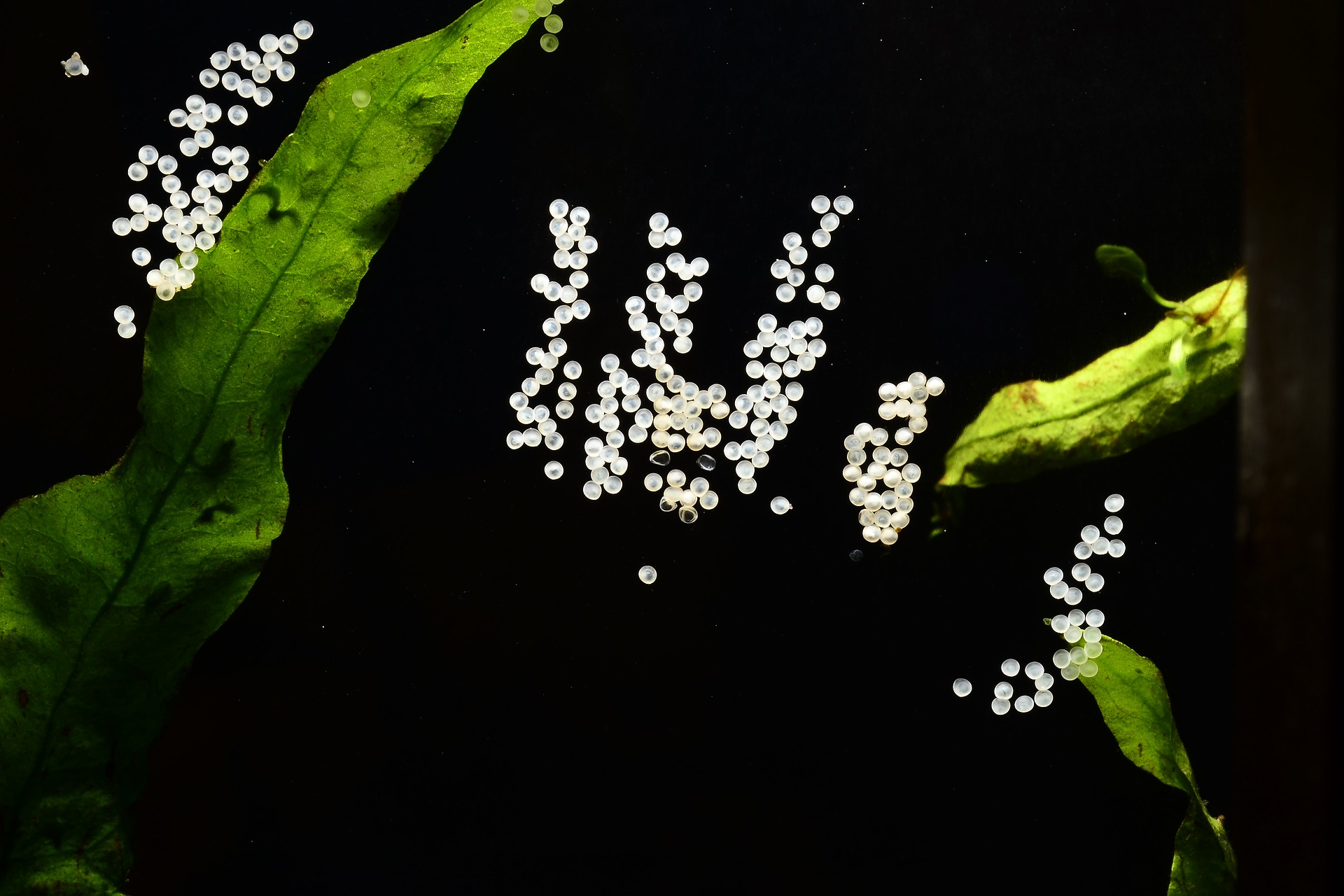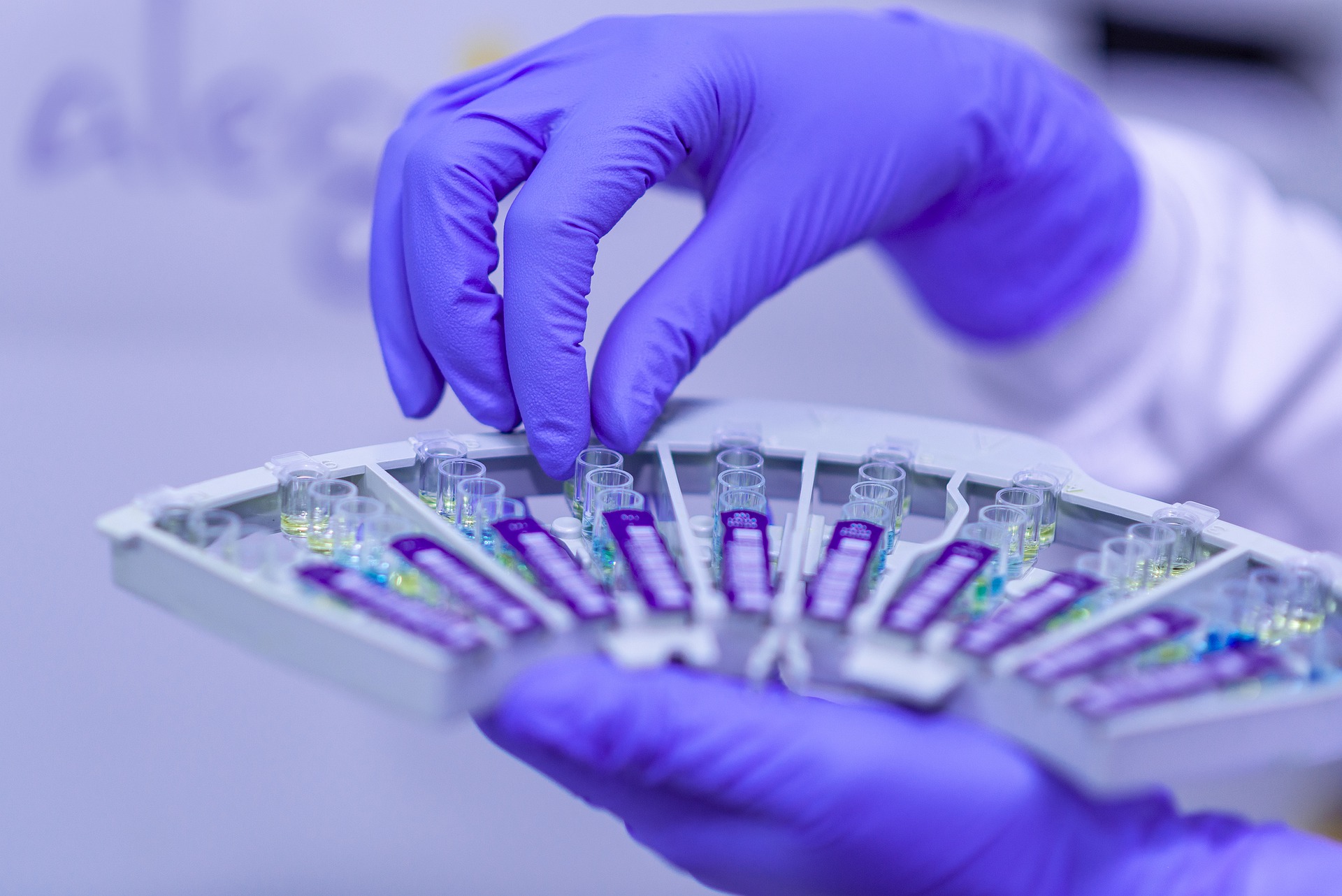Zebrafish and the Nobel Prize 2021
Zebrafish are therefore as popular as guppies and other livebearers, although the rate of their offspring in the community aquarium is not comparably the same. As scurrying and nimble aquarium inhabitants, however, the little comrades certainly make every heart beat faster. And there is not only the short-finned, but also the veiltail variant and even in the leo design this little guy convinces in no time. First and foremost is its very easy care and uncomplicated keeping, in addition Zebrafish are comparatively tough (but this is not a free pass to neglect) and forgive easily one or the other faux pas, especially in the beginning. Also it can be socialized by its lively kind prima with other fish and with some manual work also nachgezüchet.

Even though this zebrafish has been an indispensable part of research since the 1960s, when it turned out to be the almost perfect model organism, hardly anyone knows about its heroic existence nowadays. Around the mid-1980s, the first homozygous fish hatched, laying the foundation for better understanding genetics. This involved zebrafish with identical gene copies. No wonder, then, that these striped superfish suddenly achieved a scientific breakthrough and are now second only to the mouse model. But it's not just the zebrafish that serves science; the medaka, which has been gaining more and more followers in recent years, is also riding high as a "swimming lab rat." These two in particular have quickly become the focus of research and have successfully swum under the microscope. Especially the KIT in Karlsruhe, but also in the large-scale research area of the Max Planck Institute in the Institute of Toxicoloigy and Genetics, these two carps are indispensable.

It is certainly no secret that the zebrafish is visually very different from humans. However, it becomes interesting when you look at the genetics - here it is the inner values that count. About 70% of the fish genes are similar to ours. And of these, 80% are related to human diseases, which is the main reason why the little zebrafish is such a favorite in human medical research. The fact that it can also be maintained in relatively large numbers in a smaller space compared to rodents, is extremely peaceful, and is quite easy to reproduce, grants it additional bonus points. Not so much the fish themselves, but their eggs and fish larvae are of particular interest.

Research into epigenetics in particular is bringing new findings to light almost daily . However, the idea of actively researching and influencing genes is almost an old hat in scientific circles, and some have already cut their teeth on it. Particularly in view of the rapid increase in various diseases - just consider that every second German now suffers from cancer at least once in his or her life (!) - there is a heightened interest in better understanding the human blueprint. Above all, the CRISPR/Cas method, which was even awarded the Nobel Prize in 2021, has brought light into the darkness. For cancer research in particular, this has been a key factor. The CRISPR method (Clustered Regularly Interspaced Short Palindromic Repeats) tracks individual pieces of repetitive DNA, the so-called "repeats," which produce the crucial key to creating organisms that can be genetically influenced and modified. In this way, mutations can be deliberately induced in order to find out whether and how genes can be "switched on and off" like light switches, so as to influence and ideally "switch off" a disease. Theoretically, this "genome editing", i.e. gene programming, can be thought of as computer software, so that it can be used to breed an arbitrarily large number of fish with very specific characteristics, instead of hoping that every now and then a few will randomly display a certain mutation.

With a quite respectable egg rate of a good 250-300 per week, the zebra danio is quite productive. Already with 48 hours the first larvae hatch and with 6 weeks the youngsters can already reproduce themselves. If one compares this for example with a human embryo, which needs for a development step scarcely 4 weeks, the Zebrabärbling overtakes it with 24 hours nevertheless by some. Fish embryos react very much to their environment and also absorb substances from it, so that mutagenic processes can be analyzed quite simply by adding a wide variety of substances. It is also very easy to find out the toxicity of different substances or possible side effects of drugs. Depending on the preceding mutation, it is possible to directly influence the genetic "light switch". However, since fish larvae are really very tiny and need only a few milliliters to survive, it is a great advantage that they take up little space, so that several tests can take place at the same time.

In this way, the gray-striped darling of the aquarium trade, which circles iridescently under the lighting, has already been able to deliver one or two bull's-eyes. The MPI for Heart and Lung Research in Bad Nauheim, for example, has discovered that zebrafish are capable of regenerating damaged heart cells on their own. This should be a real relief for heart attack patients in particular. But the so-called cloche gene, the command center of blood vessels and almost identical in humans, also promises great potential in vascular surgery. The self-healing ability of zebrafish is simply amazing - they can heal damaged tissue almost completely in a very short time. Anyone who has ever had zebrafish with mangled fins in the aquarium knows about the amazing regenerative ability of these fanged little fellows. Transferring this fact to human research would be a real blockbuster. But not only in cancer research or cardiology, also in other disciplines such as dermatology and even in robotics, this great little fish is indispensable.
